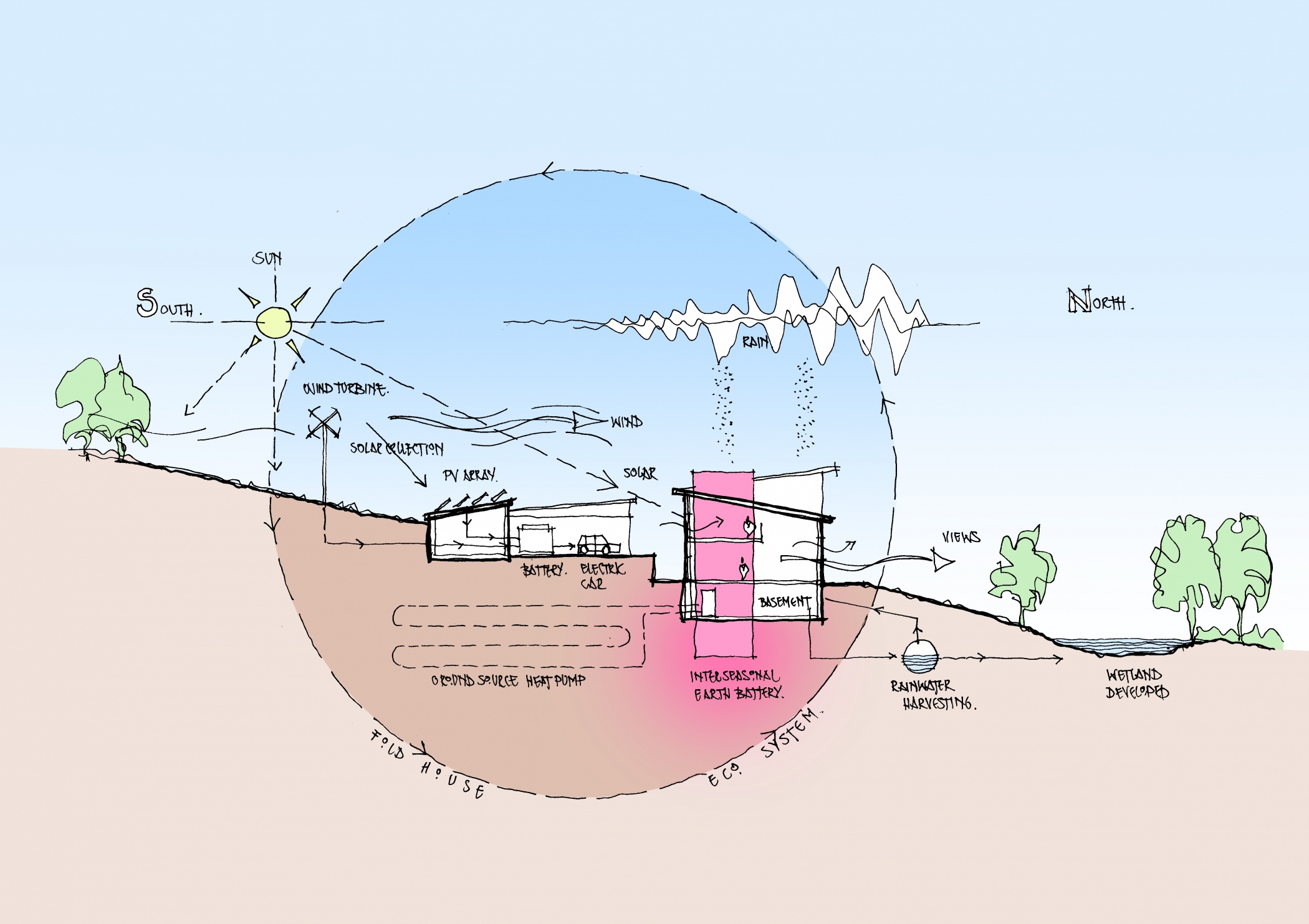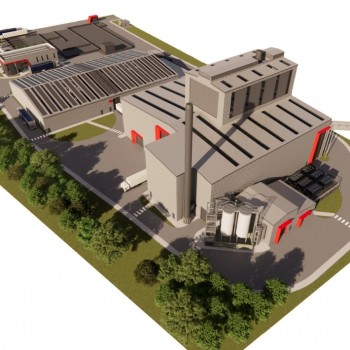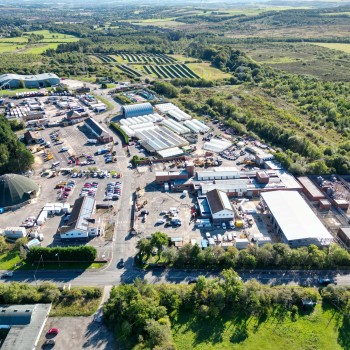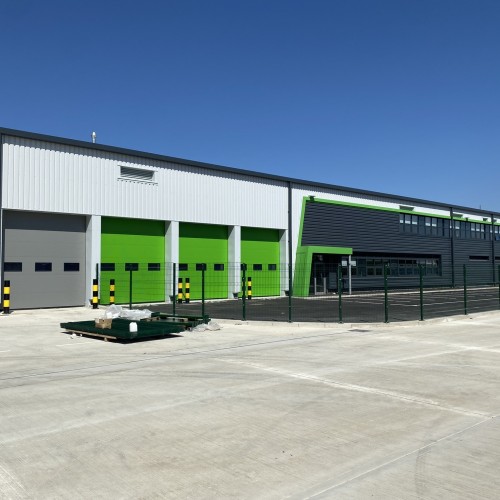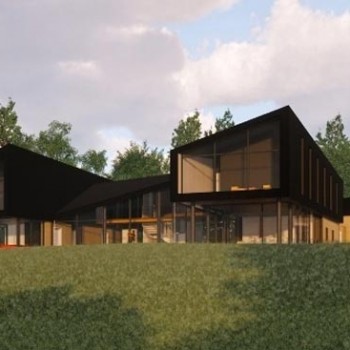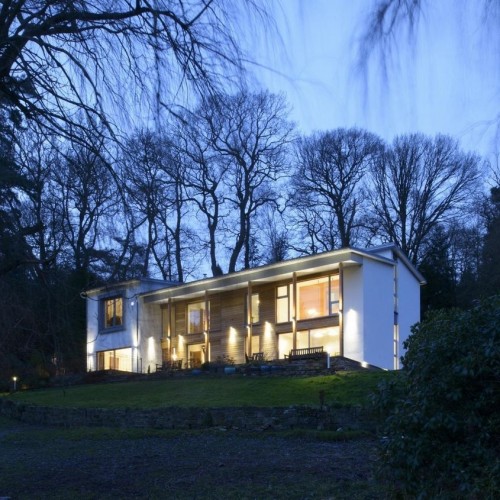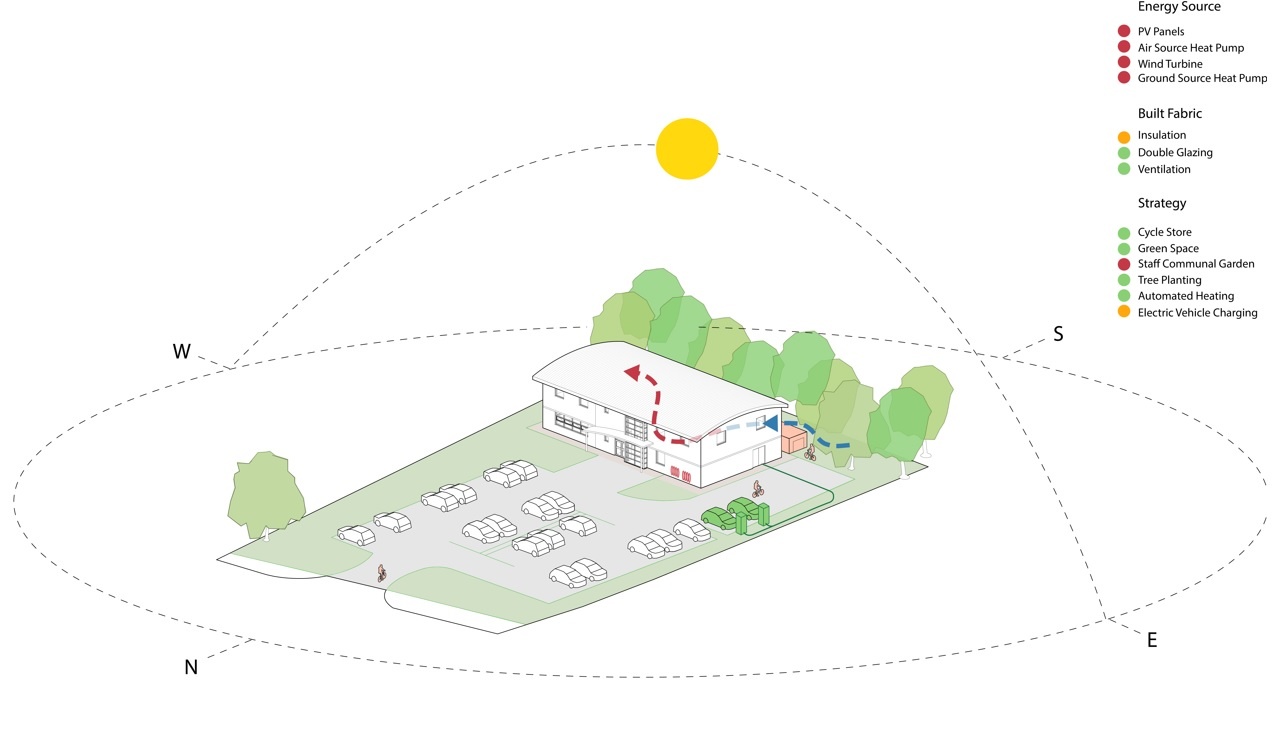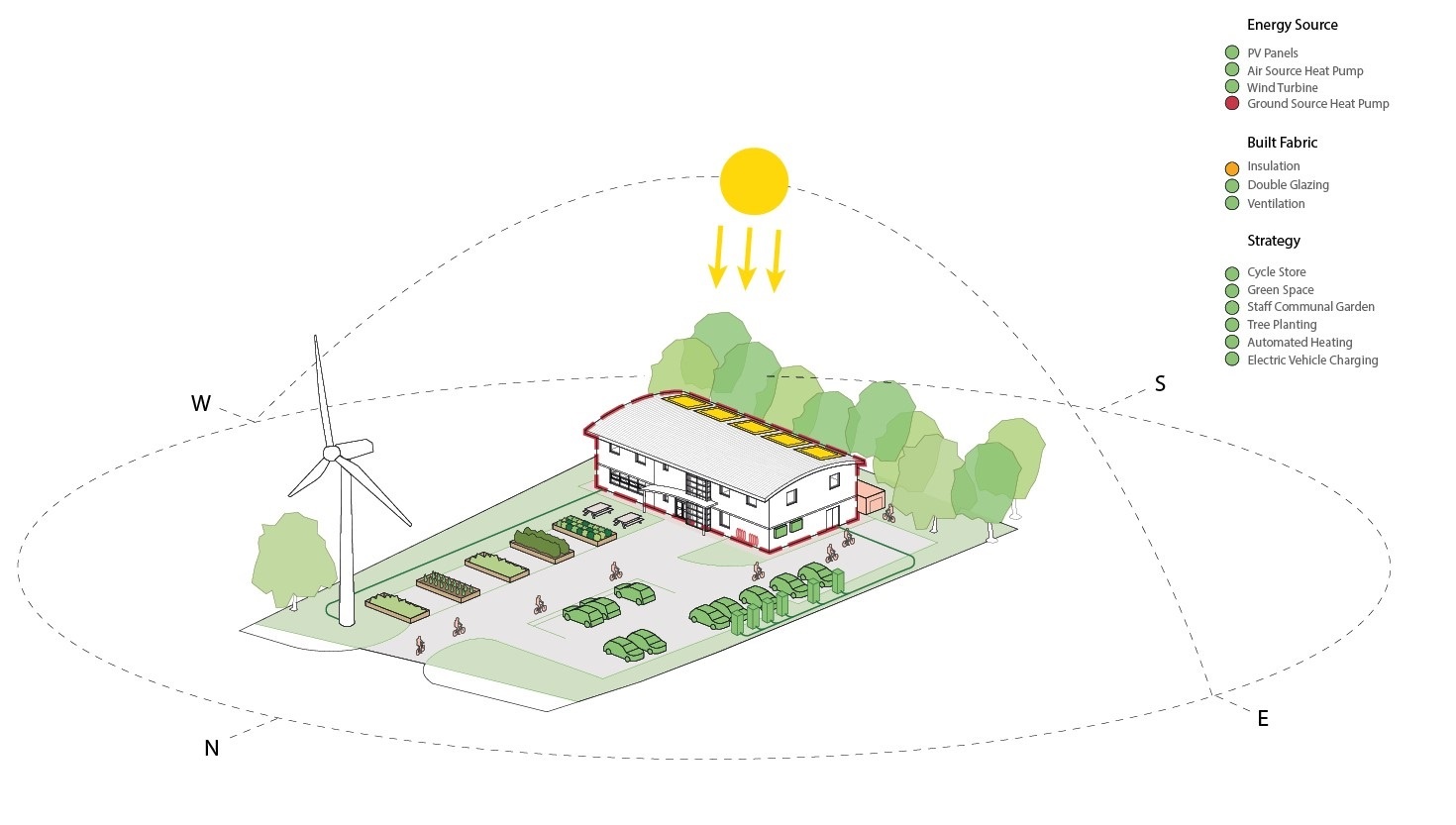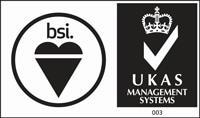// SUSTAINABILITY
The practice incorporates sustainable design into all its proposals, whether new build or refurbishment, large budget or small. We are sensitive to the challenges of today in building responsibly to minimise energy use, reduce carbon output and specifying sustainably.
// about us / sustainability
SUSTAINABILITY AS A DESIGNER
As an architectural business we are committed to sustainable design.
We will guide our clients, contractors and the wider community on how to develop buildings which support climate awareness through reducing their environmental and carbon impacts.
We are highly experienced in thermally efficient buildings and the range of M+E solutions on the market, ranging from ground source, air source, PV and Bio-mass.
Our sustainable designs start from the projects first sketch and continues until its completion. HL also understands that sustainable design is more than adding green products and bolting them on to a building. It involves the correct analysis of the site, its orientation, brief, the right team of consultants and review of all possible options.
Environmental strategy sketch
(click to enlarge)
Designing a New Building – ‘Fabric first’ basics inform the evolving architecture in every way from orientation and massing, to solar shading and envelope build-up. As a design develops, its sustainability strategy is reviewed, improved, and expanded at scheduled Stage Reviews; this iterative process of improvement allows the optimal sustainable design to be produced inside potential constraints and working to the client’s design aspirations.
The Importance of Retrofit – Buildings often have a lot of embodied carbon; meaning, the materials and processes used to construct them produced carbon dioxide. Because of this, at HL we consider the full life cycle of the building and strive not only for it to be sustainable in operation, but also in construction and eventually demolition. This highlights the importance of retrofitting. Whilst adapting or retrofitting may limit a building’s potential operational sustainability, when considering the full life cycle of the building, this may be more sustainable.
Conservation and Sustainability Conservation of historic buildings often plays a role in the decision to retrofit as opposed to demolish. Whilst the constraints of a listed building can challenge the potential green credentials of the new design, the principles outlined in our approach to designing a new building are still applied.
Carbon Modelling – Post completion data collection is expected to soon become standard practice in the construction industry. This will allow the projected/ planned energy demands of a building to be compared to the actual measured energy demands.
BIM and Sustainability – Our use of BIM software allows us to fully co-ordinate design with contractors and other industry professionals, creating efficiency and ensuring all designers can work cohesively in implementing chosen sustainability strategies.
// SUSTAINABILTY PROJECTS
SUSTAINABILITY AS A BUSINESS
Move to carbon zero targets
As a business Howarth Litchfield’s (HL) is commitment to both quality and sustainable design which it believes starts inhouse by practicing what we preach which can be demonstrated through our ISO 9001 Quality and ISO 14001 Environmental certification. Both of these certificates are externally audited and demonstrate that we have effective quality and environmental management systems in place.
As a result of Government Policy and Climate Challenges, as a business we have started comprehensively tracking and measuring our own carbon footprint from our day to day office and transport activities. As the collected data grows, we will be able to identify the largest producers of carbon within the business and devise strategies to reduce these. However, early data has been used to development a staged plan of carbon positive improvements along with sustainable goals.
Present HL Office
(click to enlarge)
Future HL Office
(click to enlarge)
Stage 1 – Completed Improvements
- Create an open plan studio/office space improving cross ventilation through the building.
- Install daylight control on the windows.
- Install an energy efficient boiler.
- Install web based thermostatic valves to control heating across the building.
- Install electric car chargers – monitored through a web based system.
- No office waste goes to landfill.
Stage 2 – Planned Improvements
- Installation of roof PV panels to offset car charging and office electricity usage.
- Increase the garden and landscaping for meeting and relaxing.
Stage 3 – Sustainable Goals
- Ground Source / Air Source heating as alternative to boiler.
- Wind turbine on site to increase electricity generation.
- Increase insulation to the building fabric.




